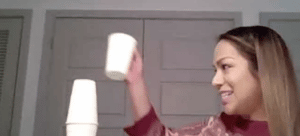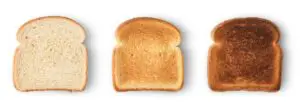Tallest Cup Tower
When you look at tall towers, do you ever wonder why they don’t fall over? What makes them so stable? This activity encourages students to explore gravity, distribution of weight, and the design of a structure to help it hold itself in place—all of which are key to civil and structural engineering.

Materials
Instructions
Enjoy this activity?
Join our community and receive activities, early access to programs, and other special news, and/or leave feedback on this activity below!
Submitting...
DiscoverE helps create activities like this around Design Challenge, Structures for children in Kindergarten to 2nd Grade and Elementary School and Middle School to help prepare them for STEM careers in fields like Civil.





Thank you! Your submission is processing.